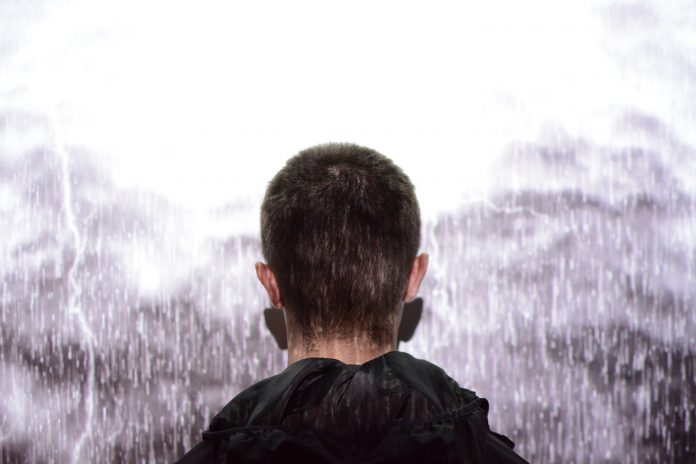
Nell Gross
News Editor
ngross1@jccc.edu
As the weather gets colder and the days grow shorter, some may begin to experience a change in attitude. Seasonal Affective Disorder (SAD) is a form of depression that is most prevalent in the winter months and is caused by a lack of sunlight.
“The daylight is decreasing and the sun goes away as wintertime approaches,” counselor Jill Konen said. “It’s caused from lack of sunlight because sunlight actually helps with serotonin levels and serotonin is a chemical in the brain that can affect depression.”
SAD symptoms have a lot in common with those that are commonly associated with depression. These include changes in sleeping and appetite, lack of motivation and the inability to concentrate. The symptoms typically start in October and can last until May.
“Just feeling down, feeling blue and being really not sure why,” Konen said. “A lot of times there’s an increase in appetite like with sugar and carbs because you’re trying to get your energy back up.”
The severity of these symptoms can vary. SAD can lead to a mild depression for some and a severe depressive episode for others. For those who already have depression, it can add on to their current symptoms.
There are many different treatment options for students who are feeling the symptoms of SAD. Starting out, those suspecting they have SAD should see their physician. From there, they can determine what type of treatment will work best. Light therapy is a popular method that involves using a lamp to increase serotonin levels. Other methods of treatment are taking antidepressants during the months the symptoms are at their worst and attending talk therapy.
“Light therapy is full spectrum light, and new research has shown that when it’s set up on a time to come on around six o’clock in the morning to shine on the face, particularly the eye area, that that is probably the most effective treatment for it,” adjunct psychology professor Susie Sympson said.
Sympson said it’s best to make a plan to get ahead of the issues before they start. Precautions can be taken to prevent SAD from becoming too severe. Going outside to exercise or just being out in the sun can help. Taking vitamin D3 in combination with melatonin is a way to help raise serotonin levels.
Students who suspect they may have SAD, or have any questions can contact the JCCC counseling center. Appointments can be made by calling 913-469-3809 or students can be taken on a walk-in basis.





















